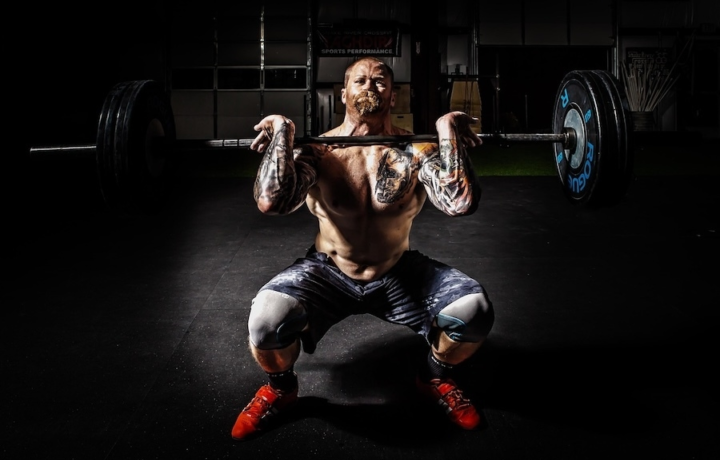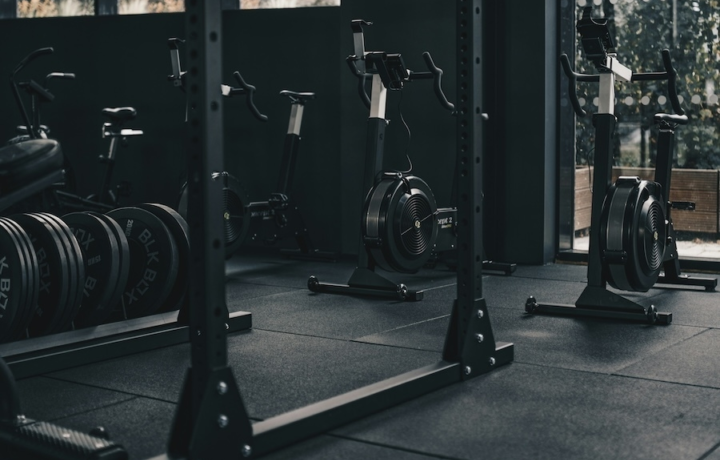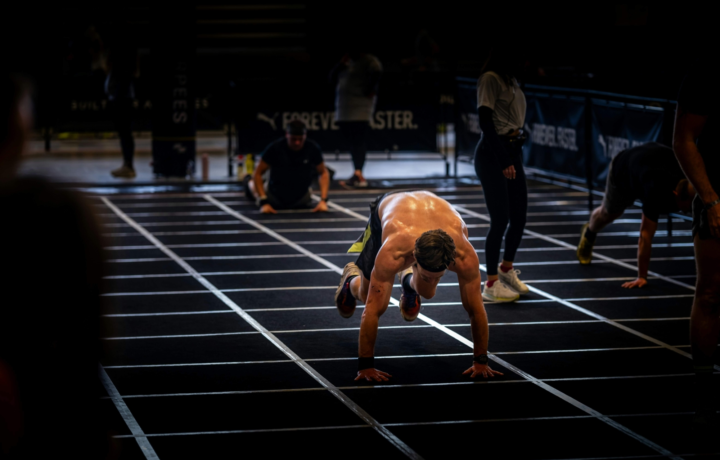Push limits with varied, high-intensity workouts
CrossFit
CrossFit is all about high-intensity, functional movements that challenge strength, stamina, and grit. Whether you're starting with the basics or pushing for RX-level performance, this is where it all comes together. Learn what CrossFit really is, understand the lingo, explore key workouts, and get answers to common questions: everything you need to train smarter and stay consistent.
FAQ (6)
You’ll need access to basic gym equipment: barbells, dumbbells, machines like the ski-erg, and space for sprints or dynamic movements. A CrossFit box or performance gym is ideal, but a well-equipped home gym also works.
Yes. The combination of strength and high-intensity cardio promotes fat loss while maintaining muscle. Many people find the group setting and competitive energy also help with motivation and consistency, which are key to sustainable fat loss.
Not at all. CrossFit is scalable, meaning movements, reps, and intensity can be adjusted to your fitness level. Coaches typically help beginners modify workouts so they can safely build strength and conditioning from day one.
If you're new, 3 sessions per week with rest days in between is a good start. Intermediate to advanced athletes often train 4–6 times weekly. The key is balancing intensity with recovery to avoid burnout or injury.
Most CrossFit WODs include a warm-up, strength or skill work (like Olympic lifts or gymnastics progressions), and a high-intensity conditioning circuit. The conditioning portion often includes exercises like kettlebell swings, rowing, squats, push-ups, and burpees—performed for time or rounds.
While CrossFit is generally focused on compound movements, isolation exercises such as bicep curls, tricep extensions, and leg curls can be used in CrossFit to target specific muscle groups. These exercises are often incorporated to improve muscle balance or as accessory work to strengthen weak points or enhance specific skills.
Definitions
Metcons are intense workouts designed to improve your metabolic systems — meaning your ability to sustain high output over time. They typically combine strength and cardio in a fast-paced format (like AMRAPs, EMOMs, or timed circuits). Metcons are the heart of CrossFit’s conditioning program and are often what people associate with the “burn” or challenge of a WOD.
In an AMRAP workout, you're given a fixed amount of time (like 10 or 20 minutes) to complete as many rounds or repetitions of a specific workout circuit as possible. It's a test of pacing, endurance, and mental grit. AMRAPs are common in CrossFit because they’re easy to scale and great for building work capacity.
Scaling allows you to adjust the WOD based on your current fitness level or ability. You might scale by reducing the weight, modifying movements (e.g. ring rows instead of pull-ups), or lowering reps. It ensures you still get the intended intensity of the workout without risking injury or burnout — and it’s completely normal, even for experienced athletes.
To do a workout "RX" means completing it exactly as written — using the specified weights, movements, and standards. It’s a benchmark for performance, but not a requirement. Athletes only RX when they’re confident in both strength and technique. Logging RX performances can help track progress over time.
The WOD is the daily workout prescribed by a CrossFit coach or platform. It usually includes a warm-up, skill or strength work, and a main workout block that varies from day to day. No two WODs are exactly the same — variety is a core part of CrossFit’s philosophy. Expect combinations of weightlifting, cardio, gymnastics, and bodyweight movements.













